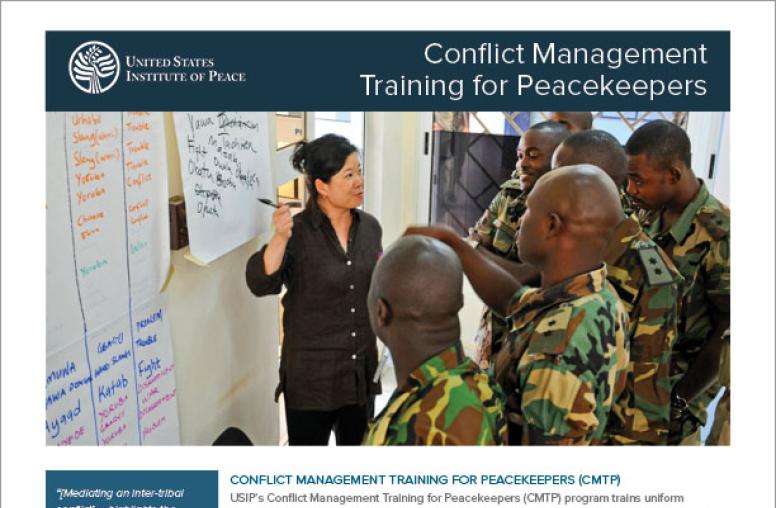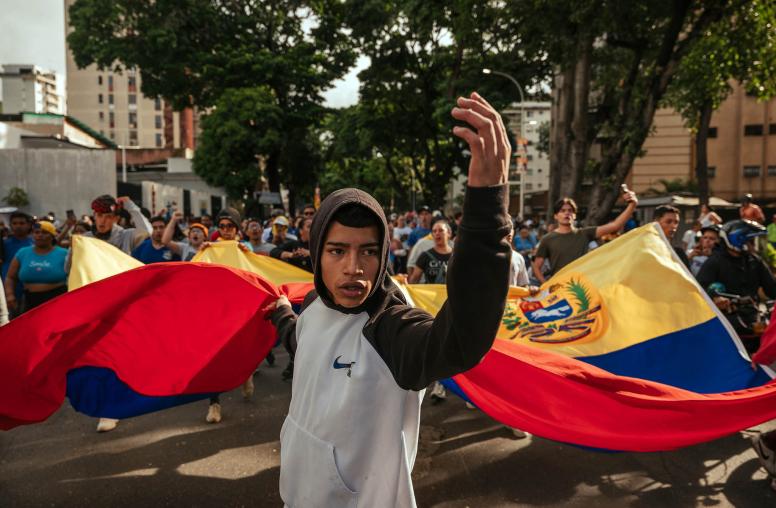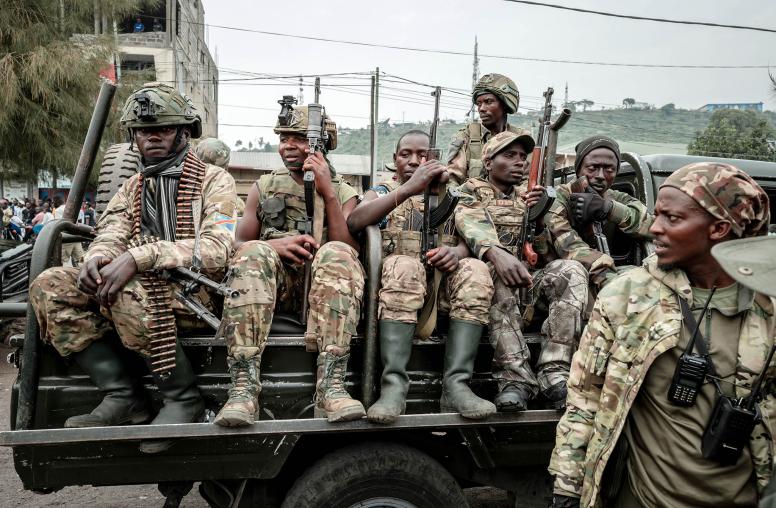Designing Community-Based Dialogue: Micro-Course
This course introduces participants to dialogue as a practical and effective process for advancing conflict transformation and peacebuilding at the community level. The focus of the course is on designing and implementing a relevant, sustainable and meaningful dialogue process.

Course Overview
Key Objectives
By the end of this course, participants will be able to:
- Distinguish dialogue from other conflict resolution processes;
- Determine when community-based dialogue is an appropriate process to manage a conflict; and
- Design a community-based dialogue process in their own geographical and social context.
Overview Video
Click on the video below for an overview of the course.
If you can't see the video, click here.
Agenda
Section 1 - Defining Dialogue
This section defines dialogue and distinguishes it from a discussion and debate.
Section 2 - Models and Principles of Dialogue
This section identifies governing principles and models of dialogue.
Section 3 - Designing a Dialogue Process
This section identifies how a dialogue process is designed and objectives are determined.
Section 4 - Key Stakeholders in Dialogue
This section emphasizes those who participate in dialogue and the motivations for joining a dialogue.
Section 5 - Monitoring and Evaluation for Dialogue
This section explains how learning happens in dialogue and ethical considerations.
Section 6 - Insights Into Dialogue
This section provides examples of real-world dialogue processes.
Section 7 - Quiz
This section assesses your understanding and retention of key terms, concepts, and ideas presented in this course.
Instructors and Guest Experts
Instructors
- Alison Milofsky, Director, U.S. Institute of Peace
- Ariana Barth, Associate Director, Arabella Advisors
Guest Experts
- Sireen Abu Asbeh, Project Officer, Arab Renaissance for Democracy and Development
- Mark Brimhall-Vargas, Chief Diversity Officer and Vice President for Diversity, Equity and Inclusion, Brandeis University
- Cate Broussard, Program Advisor, Life & Peace Institute
- Daryn Cambridge, Professional Development Portfolio Manager (EPIC), Training Resources Group, Inc
- Rhonda Fitzgerald, Managing Director, Sustained Dialogue Campus Network
- Tricia Homer, Senior Program Officer, U.S. Institute of Peace
- Tonis Montes, Program Officer, U.S. Institute of Peace
- Beatriz Montoya, Founder & Director, Asociación de Mujeres del Oriente Antioqueño
- Katherine Torres Sánchez, National Coordinator, Puentes Para La Paz
- Michael Zanchelli, Former Program Officer, U.S. Institute of Peace


